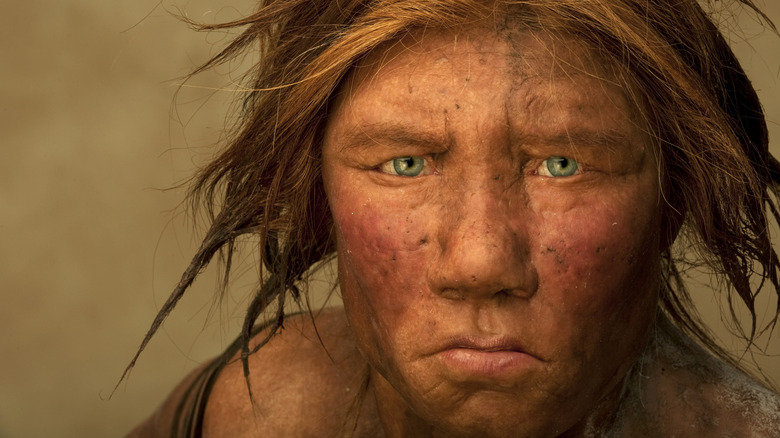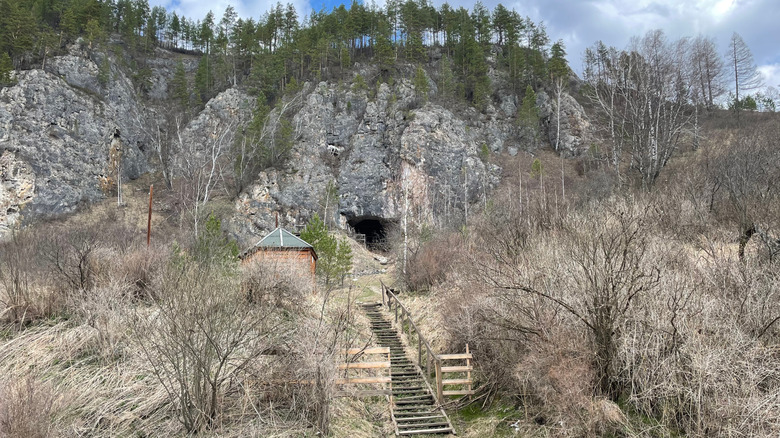Physical Address
Suite 5, 181 High Street,
Willoughby North NSW 2068
Physical Address
Suite 5, 181 High Street,
Willoughby North NSW 2068

The first ancient human fossils that scientists discovered were of Neanderthals (Homo neanderthalensis) in the late 1840s. However, it wasn’t until the 1990s and 2000s that they were confirmed to share mitochondrial DNA with modern humans (Homo sapiens). Then, fossilized remains found in 2008 in the Denisova Cave in Siberia’s Altai mountains revealed a new human species. After finding more bones and conducting genetic tests, scientists have determined that these Denisovans also interbred with modern humans.
Supported by the European Research Council, Brown University Associate Professor of Ecology and Evolutionary Biology Emilia Huerta-Sanchez and Trinity College Dublin Postdoctoral Research Fellow Dr. Linda Ongaro compared Denisovan and modern human genes. Publishing their findings in Nature Genetics in November 2024, they found commonalities in the genetic signatures at three different times in the stages of early man. The first was about 46,000 years ago, the second was about 30,000 years ago, and the third was possibly 15,000 years ago, suggesting a complex correlation between the lineages.
Dr. Onargo told Trinity College Dublin, “It’s a common misconception that humans evolved suddenly and neatly from one common ancestor, but the more we learn the more we realise interbreeding with different hominins occurred and helped to shape the people we are today.”

While studying the history of life on Earth, scientists have confirmed that Neanderthals lived 28,000 to 300,000 years ago, coexisting with Homo sapiens for long periods before becoming extinct. With only a Denisovan finger, jawbone, skull fragments, and teeth to analyze, researchers have concluded that this human species lived 30,000 to 500,000 years ago. In the grand scheme of human evolution, DNA shows that the Neanderthals were Denisovans’ cousins and separated about 400,000 to 500,000 years ago.
In their Nature Genetics paper, the scientists proposed that — based on all of the different types of fossils uncovered, including those found in China’s Tibetan Plateau in the Baishiya Karst Cave — several Denisovan populations lived in distant geographical areas. As a result, they adapted to their unique environments, and those traits were inherited by the modern humans who live in those areas today.
“Among these is a genetic locus that confers a tolerance to hypoxia, or low oxygen conditions, which makes a lot of sense as it is seen in Tibetan populations; multiple genes that confer heightened immunity; and one that impacts lipid metabolism, providing heat when stimulated by cold, which confers an advantage to Inuit populations in the Arctic,” Dr. Ongaro explained to Trinity College Dublin. Plus, she’s confident that future research of understudied populations and newly discovered Denisovan fossils will fill in some blanks about how this ancient species has influenced modern humans.